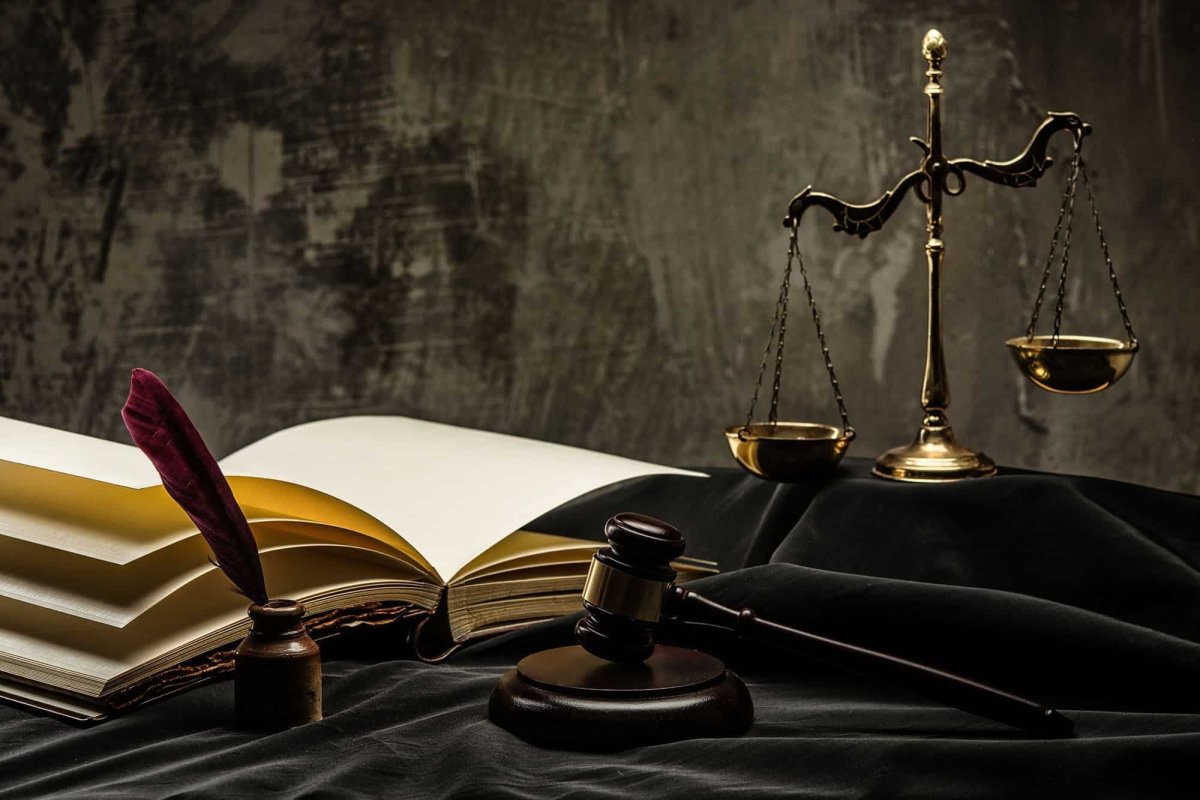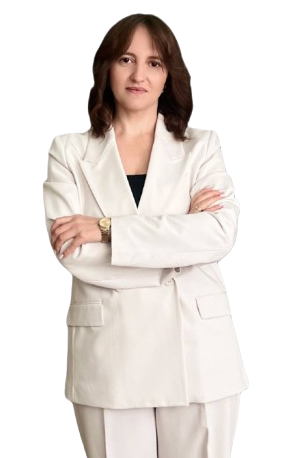Customs Aspects of Consumer Protection: Procedure for Seizure of Counterfeit Products
Introduction
Protecting consumers' rights from counterfeit goods is an important task of the customs authorities. Counterfeit products not only cause damage to the economy and rights holders, but can also be dangerous to the health and safety of consumers. In this article, we will consider the customs aspects of consumer protection, in particular, the procedure for seizure of counterfeit goods.
Legal regulation
National legislation:
- In Ukraine, the fight against counterfeit products is regulated by a number of laws and regulations, including the Law of Ukraine "On Protection of Consumer Rights", the Customs Code of Ukraine, the Law of Ukraine "On Copyright and Related Rights" and other laws and regulations.
International agreements:
- Ukraine is a party to several international agreements aimed at protecting intellectual property rights and combating counterfeiting, including the Agreement on Trade-Related Aspects of Intellectual Property Rights (TRIPS) and the Paris Convention for the Protection of Industrial Property.
The procedure for seizing counterfeit products
Detection of counterfeit products:
- The detection of counterfeit goods may be carried out both on the initiative of the customs authorities and on the basis of an application by the right holder. The customs authorities have the right to suspend customs clearance of goods if they suspect that they are counterfeit.
Notification of the right holder:
- In case of detection of suspicious products, the customs authorities are obliged to immediately notify the right holder, who has the right to provide evidence of counterfeiting within the established time limit.
Expertise and decision-making:
- If the right holder provides sufficient evidence of counterfeiting, the customs authorities may order an examination. Based on the results of the examination, a decision is made to seize the counterfeit goods.
Destruction or disposal:
- After the decision to seize the counterfeit products is made, they are destroyed or disposed of in accordance with established procedures. This prevents such goods from re-entering the market.
You may be interested in the following articles:Legal analysis of the situation, Legal opinion, Writing a lawyer's request, lawyer's request, analysis of the situation by a lawyer, analysis of the situation by a lawyer, legal analysis of the situation, legal opinion of a lawyer lawyers documents help lawyer online lawyer online legal opinion legal opinion of a lawyer lawyer online
Liability for violations
Administrative sanctions:
- Importation or sale of counterfeit goods is subject to administrative sanctions, including fines and confiscation of goods. Both importers and sellers of counterfeit goods are liable.
Criminal liability:
- In the case of serious violations that cause significant damage, criminal sanctions, including imprisonment, may be applied. This applies in particular to organized groups involved in the production or distribution of counterfeit goods.
International experience
European Union:
- In the EU, the fight against counterfeit products is regulated by a number of directives and regulations, including Regulation (EU) No. 608/2013, which sets out the rules for customs authorities to act in the event of suspected counterfeiting. The EU also actively cooperates with right holders and international organizations in this area.

































